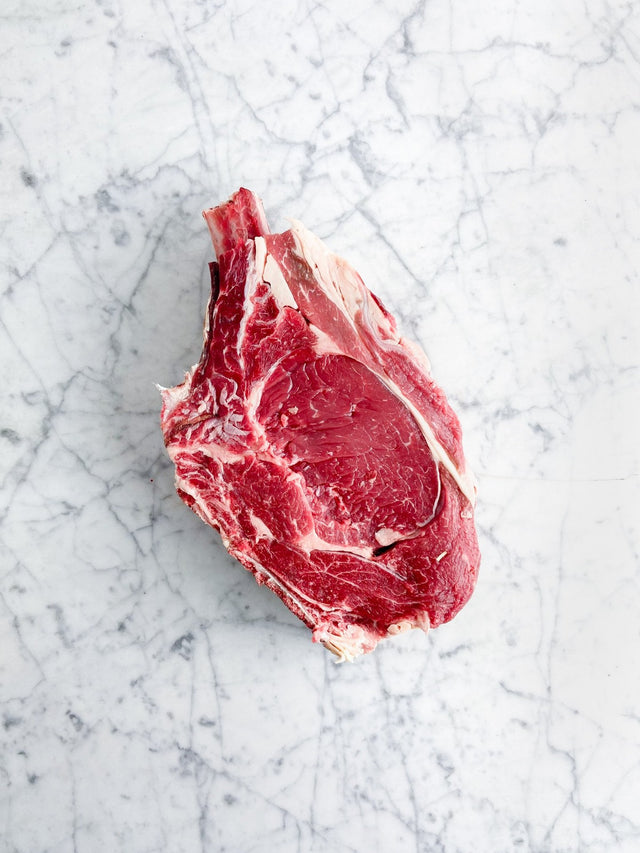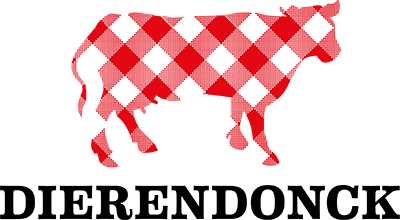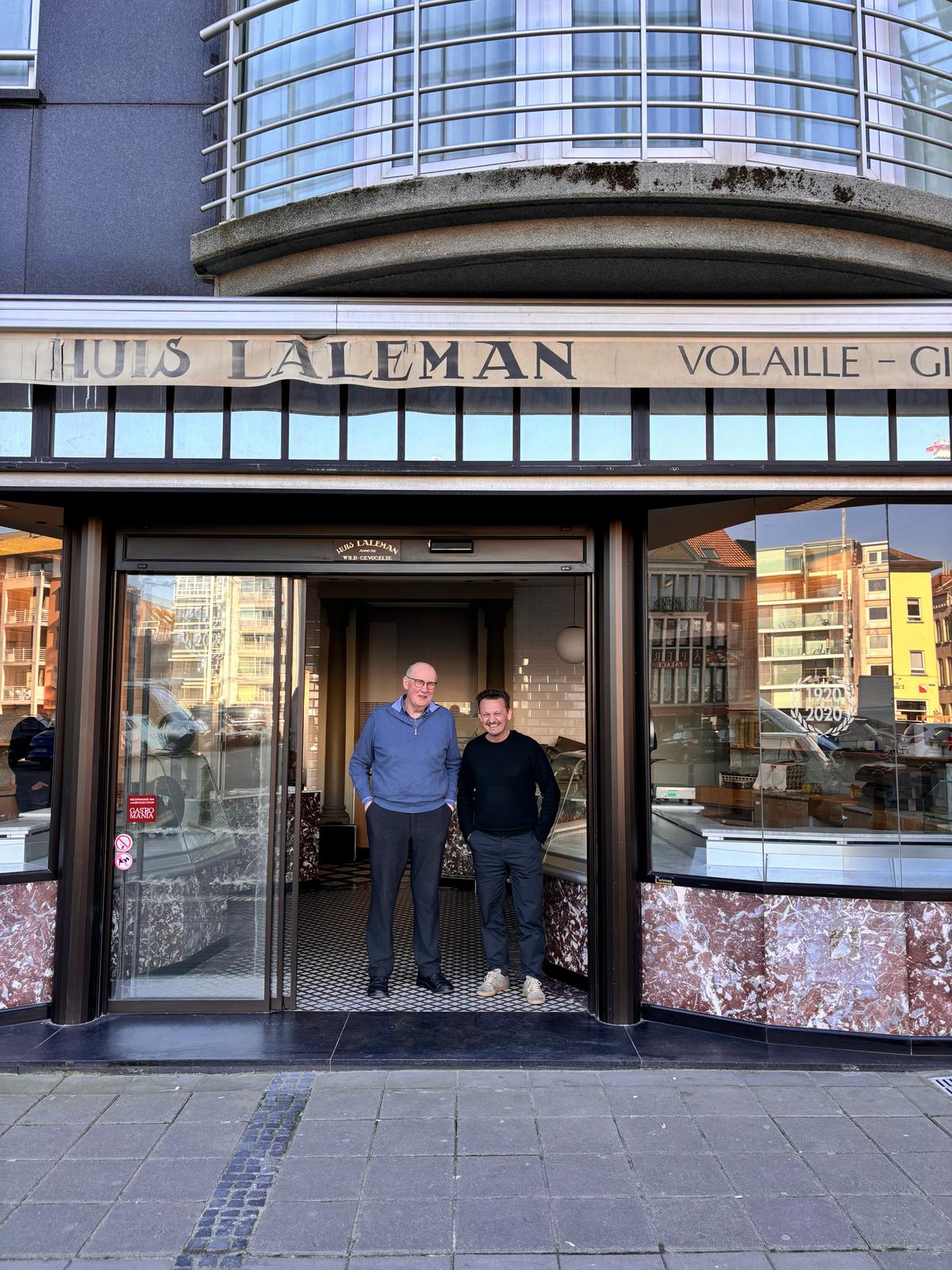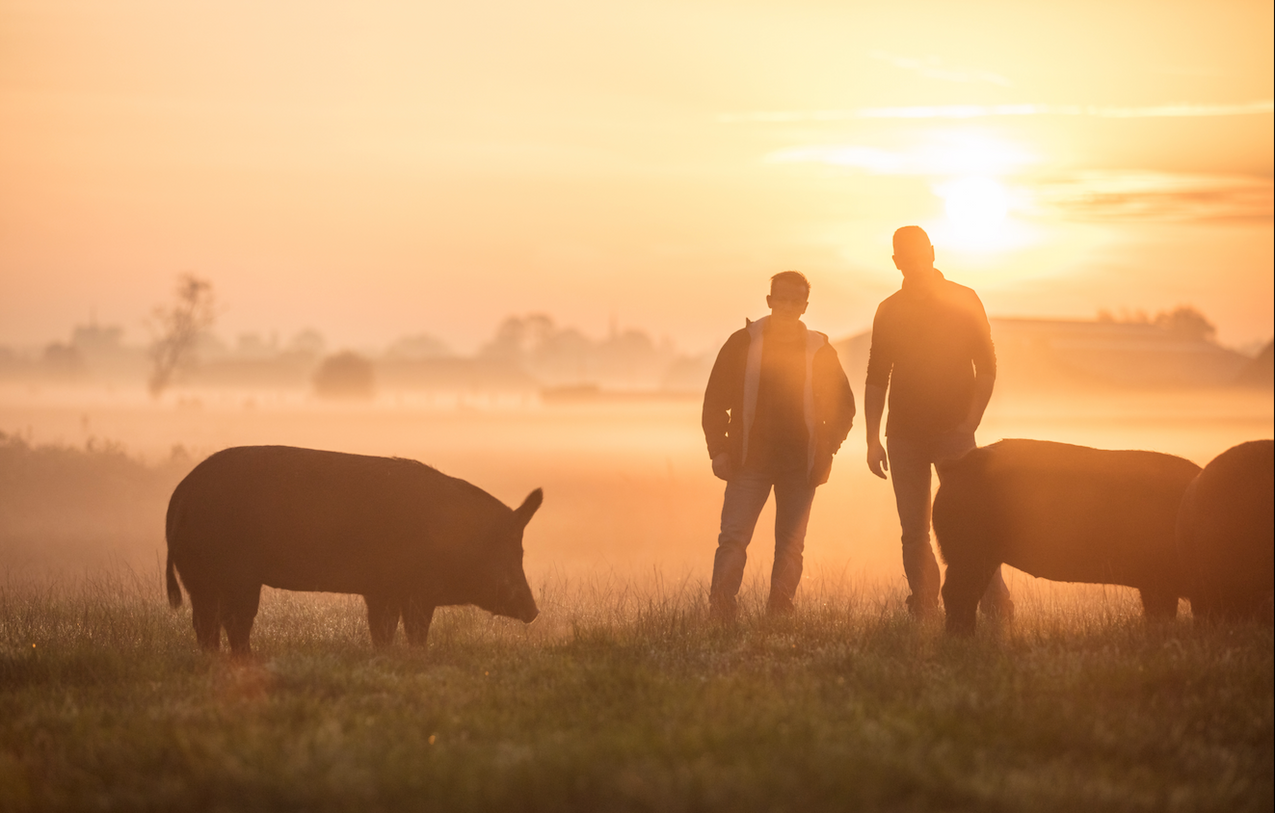Ageing meat is a new trend - Maturer, c'est nouveau chez nous

Meat should be aged, but not for long... Four to six weeks is all it takes for a nice côte à l’os steak. It took five years of experimenting with the ageing process before I was satisfied with the result. I knew ageing would help bring the flavours out, but it’s not as easy as all that.
Everything starts with the animal you decide to buy. You want a purebred animal. Real fine cattle. Not raised on silage or artificially fattened, because then the fibres get bloated. You want an animal that’s been grazing in the open air. And it shouldn’t be too young either. It has to have lived. That’s what adds character to the meat. Firms it up. You also don’t want the animal to get stressed during slaughter. All of these aspects play a part.
And that’s where your work begins. It’s important to distinguish between dry ageing, which is the technique they use in England, and our ageing process. Dry ageing just means letting the meat dry. The English have good, strong breeds that start building up fat from a relatively early age. Animals that spend a lot of time outdoors. In terms of processing meat, the English have always been ahead of us. They know how to fatten up their cattle. They’ve been eating more meat than us since the sixteenth century. It was only much later that eating meat became a habit on the Continent. Until then, we mainly raised cattle for milk and to work on the land. We had powerful, muscular animals, but they didn’t have much fat.
So ageing meat is actually something new. My father never did it. Back in the day, he’d slaughter one animal every three weeks in winter. There weren’t that many customers, so meat automatically had some time to rest and soften up. That was just how things were done. Two weeks, sometimes three...
I did cross the Channel to learn from the English butchers, but we don’t work the same way. I let my meat mature. I treat meat the way an affineur ripens cheese. My meat passes through three separate refrigerators. Throughout the process, I have to maintain the right balance between the temperature, air circulation and humidity. It’s an incredibly, incredibly delicate task. The moisture in the meat evaporates, and the fat spreads and settles throughout the meat. That creates those richer flavours. I’ve spent a great deal of time researching this, but I’ve also paid a lot of attention to the equipment we use. In 2005, we bought new refrigerators. It was impossible to monitor the humidity in the old models the way we do today.
A nice bit of meat is like a good bottle of wine or a fine cheese: a delicacy to be enjoyed at its peak. And a true butcher who really understands their craft, will know how to spot that moment. Know when meat is at its best. That’s when they’ll take it out of the refrigerator, prepare it and present it to customers, explaining to them where the meat is from and how it should be cooked.

J'aime la maturation, mais une maturation pas trop longue... De quatre à six semaines pour une belle côte à l'os. J'ai travaillé mes maturations près de cinq ans avant d'être satisfait du résultat. Je savais que c'était meil-leur en goût, mais ce n'est pas si simple à réaliser de manière constante. Une viande maturée commence avec le choix de la bête.
Il te faut du boeuf de race. Une belle bête. Un boeuf nourri à l'ensilage, on oublie. Si l'engraissement a été forcé, on oublie... Trop d'eau dans les fibres I La bête doit avoir été à l'herbe. Elle n'est pas trop jeune. La viande doit sentir le caractère, le vécu. Une viande ferme. Le marchand aura aussi évité le stress à l'abattage. Tout cela joue... Puis ton travail commence. Tu dois distinguer le dry aging, la technique des Anglais, des maturations. Le dry aging, c'est juste laisser sécher. Les Anglais ont de belles races, résistantes, capables de faire du gras assez jeunes. Des bêtes qui sortent beaucoup. Ils avaient un temps d'avance dans leur connaissance du travail de la viande. Ils savent engraisser. Ils mangent de la viande depuis le XVIe siècle. Sur le continent, la pratique est venue plus tard. Les bêtes étaient plutôt utilisées pour le lait et le travail aux champs. Des bêtes puissantes, musclées, mais peu grasses...
Maturer, c'est nouveau chez nous. Mon père ne laissait pas maturer. Autrefois, l'hiver, il tuait une bête toutes les trois semaines. Il n'y avait pas beaucoup de monde hors saison, la viande avait le temps de reposer pour s'attendrir. C'était naturel, quinze jours, parfois trois semaines... Je suis allé voir comment travaillent les bouchers anglais mais mon approche est différente : j'affine plus que je ne laisse maturer mes viandes. Je les travaille comme un affineur le fait avec un fromage. Mes viandes passent dans trois frigos. Au cours du processus, on travaille un équilibre entre la température, la circulation de l'air et l'humidité. C'est précis, très précis. L'humidité de la viande s'évapore et la graisse se diffuse dans la chair. C'est plus riche en goût. J'ai investi beaucoup de temps dans mes recherches, mais aussi dans le matériel. En 2005, nous avons remplacé nos frigos. Les anciens modèles ne permettaient pas de travailler l'humidité comme on peut le faire aujourd'hui. Mais tu ne peux pas tout te permettre. On ne doit pas laisser vieillir une viande juste pour le plaisir. Une belle viande, c'est comme un grand vin, comme un bon fromage, il faut l'apprécier à son apogée. Et l'apogée, le bon moment, le vrai boucher, l'artisan, il sait, il connaît. Alors il la sort du frigo, la prépare et peut en parler au client : d'où elle vient, comment elle a grandi, comment elle a été préparée...
1 comment
Products
Featured product






Al levenslang vriend van de dierdoncks Middelkerke.
En voor mijn ongeval top chef in heel België. Dat soort vlees is echt ongelooflijk lekker met sous vide reeds gekruid en dan branden! Geen peper saus nodig lieve champion saus of chimichurri!
Groetjes!